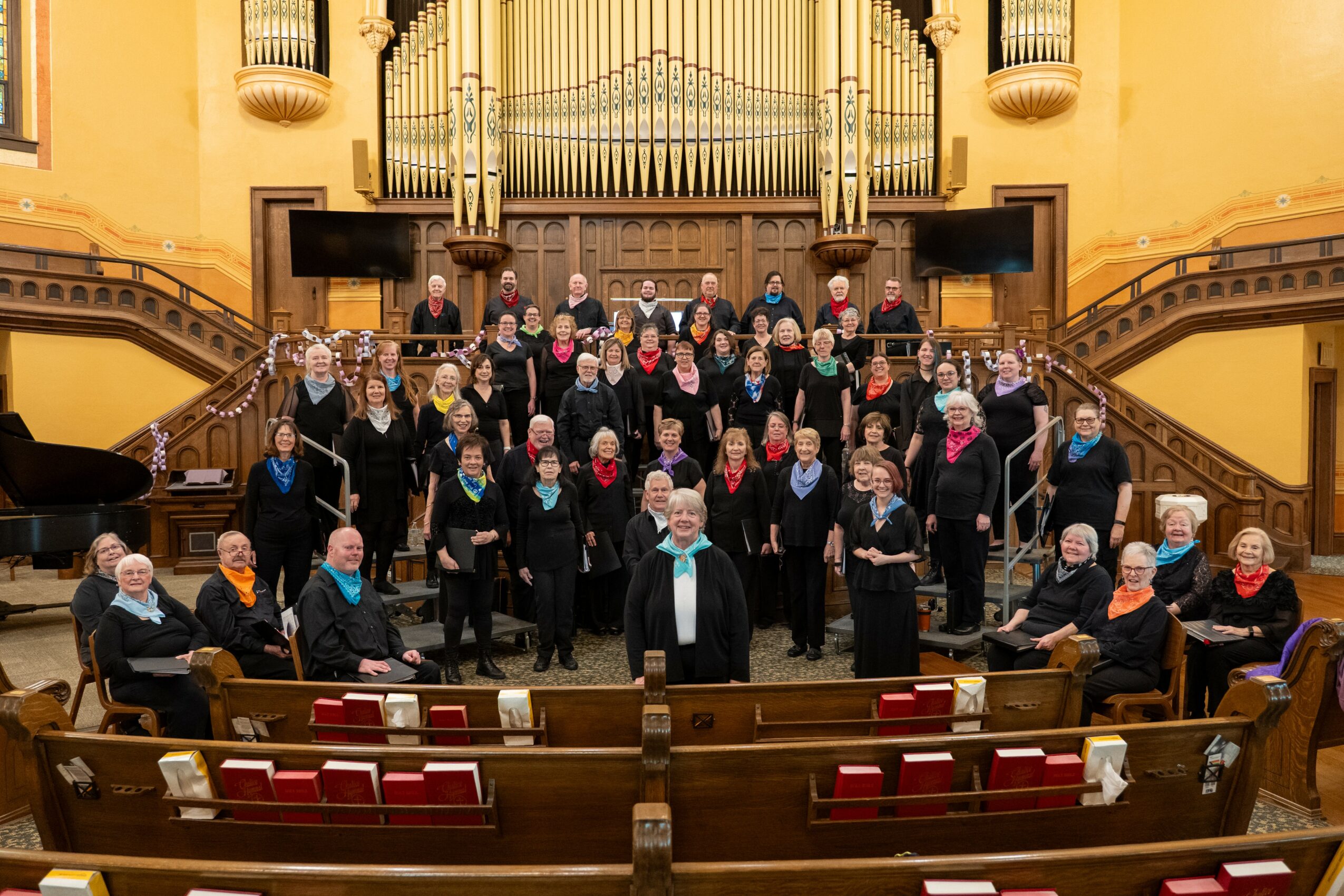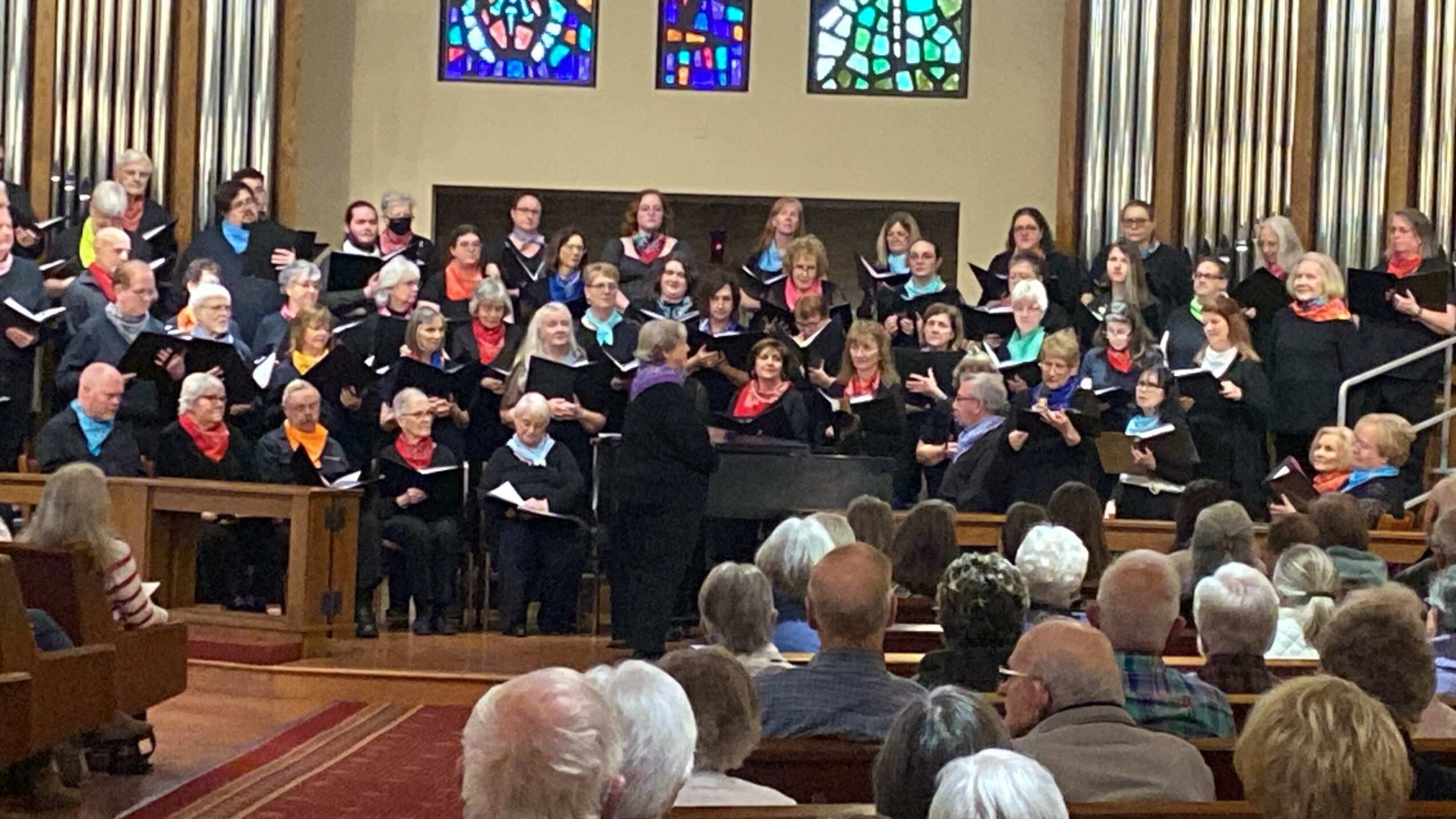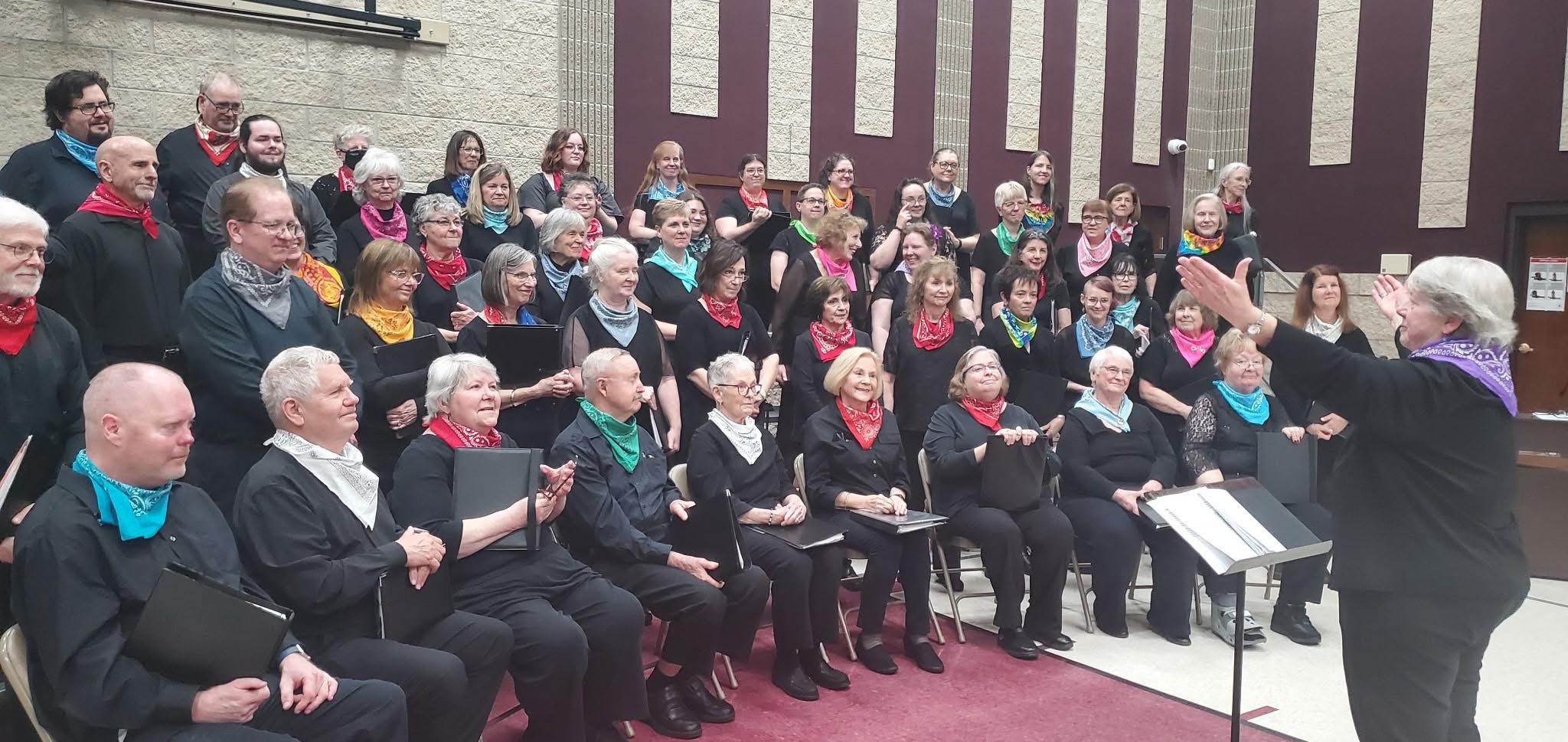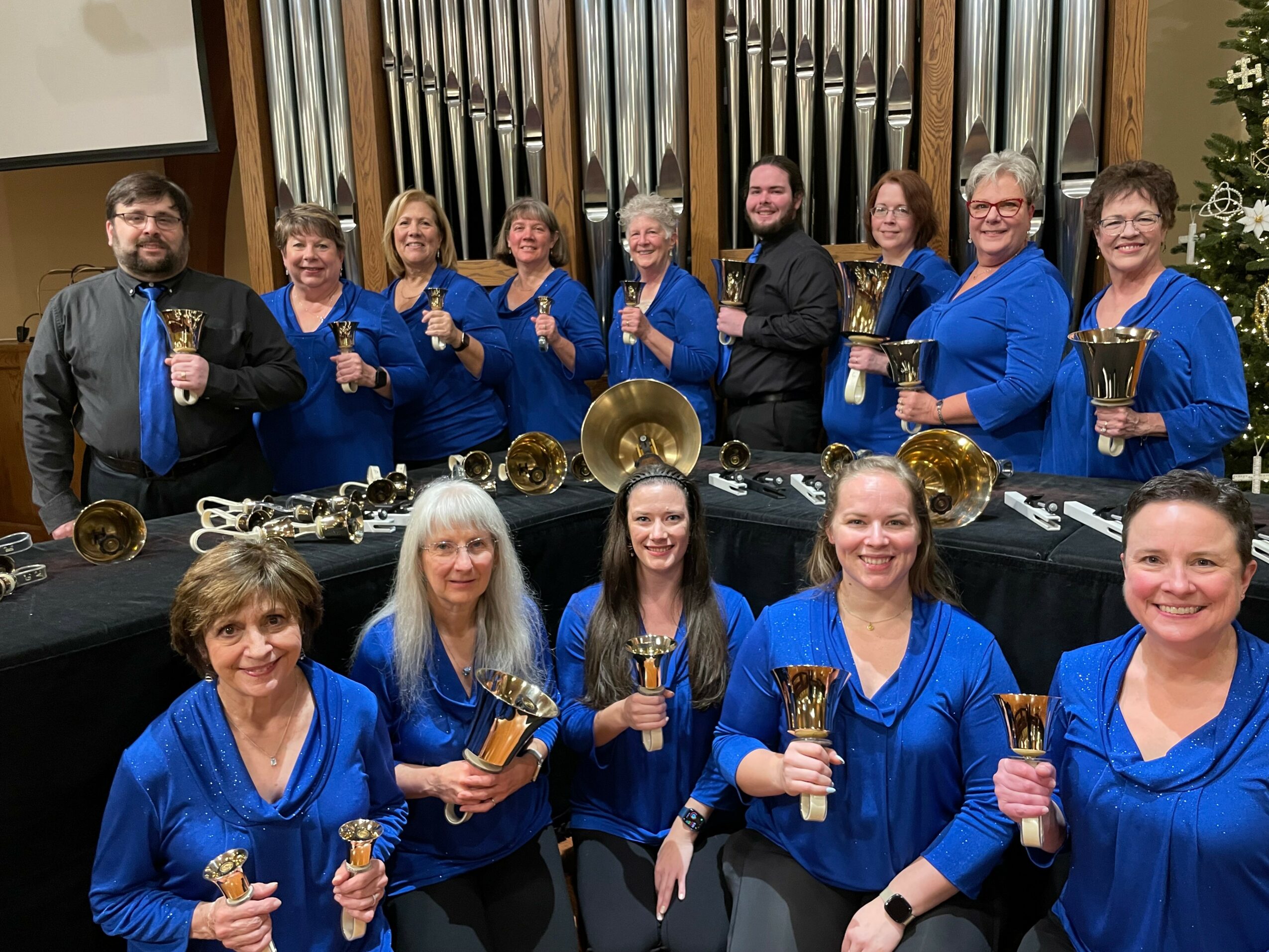

Today we’d like to introduce you to Christine Allison.
Hi Christine, so excited to have you with us today. What can you tell us about your story?
All my life I was around music. Both of my parents had beautiful voices and would sing all the time, both at home and at church and elsewhere, and so I sang in church as well, not to mention singing in Jr. Music Study Club, to name one place. My brother sang as well. We all would sing together in the car on vacations and the best, rather funny memory of the 4 of us singing is when my dad had his last open heart surgery, he had to wait so long before he was taken to surgery, that he wanted us all to sing some Barbershop songs. You see, I grew up with his songs and so each of us had our own part. And so there we were, standing around his bed in his room, singing “My Evaline.” I think that’s how you spell it. I’ve never seen it written…we just sang it from his teaching us. We were heard down the hall and I’m sure became a story for others to tell.
Having had music in my growing up years, I just automatically thought I would major in music in college, and I did…at Mount Union College. I didn’t journey very far from home for college, since I grew up in Alliance, OH, where you find the college. My college years were great years. I got lots of performing opportunities, given I was a vocal performance major and I was in the choral ensembles.
Fast forward to 2009. After having been in church music work for 35 years (counting 2 years in my college years as a youth choir director) I had the idea to form a choir from the community that would perform “Sing for the Cure” in honor of Women’s Breast Cancer Awareness. The news spread through church and community choirs, public news releases in area newspapers, radio announcements and interviews and interviews with small local news
publications. After all that and word of mouth, 110 people registered to begin practice in early June of that summer.
By the time September came around 103 singers and a 53-piece volunteer orchestra performed to a sold-out house at Umstattd Hall in Canton, where singers and audience members were often moved to tears as well as filled with hope and inspiration. It was really a moving experience for all. The singers had so much fun singing together that many decided they wanted to continue singing together, and 80 people of the initial 103 singers formed what soon came to be known as A Chorus for a Cause. (ACFAC)
The mission of ACFAC was to bring non-auditioned people together to learn and enjoy beautiful music while earning money at the same time for local charities. There’s only one stipulation…the singer must be able to hold a tune and enjoy singing. I wanted this group to be for the common singer who maybe didn’t have the confidence to audition for another group. I want this to be a chorus for all who can and want to sing.
Fast forward 9 months later, I received a phone call, inviting the chorus to perform “Sing for the Cure” at Carnegie Hall in New York City, along with a few other choirs (including the 2 choruses from Dallas, Texas who commissioned the work and were first to ever perform this extended work). Imagine my surprise and the excitement of the chorus and what a proud moment it was! We journeyed on to NYC in May of 2010. What an exciting few days that was.
The last 16 years we have donated over $132,000 to charities within our area and we are still going strong, maintaining 70 – 90 singers for concerts 3 seasons a year (Fall, Christmas/Holiday and Spring), singing all styles of music. We are “singers making a difference.”
Then there’s Harmony Ringers, part of the ACFAC family—a semi-professional handbell choir founded in 2011. The group began when a choir I directed for another organization was suddenly disbanded. I couldn’t stand the thought of these incredibly talented ringers losing the opportunity to grow and challenge themselves. Many were active in church choirs, but those settings often didn’t push them musically—and typically focused only on sacred music.
So, I envisioned something broader. Harmony Ringers would perform not only sacred pieces, but also show tunes, classical selections, pop music, and more. I approached ACFAC’s board with the idea of adding a handbell choir under our umbrella, and to my delight, they agreed. It truly felt like a step of faith.
Of course, that decision brought an immediate challenge: we didn’t have any handbells. I reached out to Zion United Church of Christ, where our youth choir at the time,Voices of Hope, rehearsed, and asked if we might use their bells and practice space until we could acquire our own. To my amazement, they said yes—and even allowed us to take the bells off-site for our concerts twice a year.
After about a year, we were able to purchase the bells from the original organization, and Harmony Ringers officially had its own instruments.
Fast forward to today: we now have 14 incredibly talented ringers performing on the original bells and also a full seven-octave set of hand chimes which we are granted money to purchase. We continue to share our music with the community and beyond, presenting concerts twice a year—during the holiday season and again in the springtime.
Can you talk to us a bit about the challenges and lessons you’ve learned along the way. Looking back would you say it’s been easy or smooth in retrospect?
In my early years, I was not a popular “kid” and was made fun of, but my voice would make people listen. They often didn’t know I sang, until they did. Later, when finding my profession, I would say my challenge was making money to live on with what I really wanted to do. Relatively speaking though, that didn’t take too long.
Quite honestly, the road has been pretty smooth, and rather amazing. Of course, when the pandemic hit, I was afraid that the time apart would be the end of ACFAC, so during that time of closure I tried to keep in touch with the singers in various different ways. Early on, not knowing how long the pandemic would last, I baked cookies and took a small plate or baggie to singers who were alone, at least the ones I knew of. I think that was about 12 or so. Then I started a weekly email, kind of a weekly devotion, if you will. (We are not faith based, but people after the fact told me how much they appreciated that.) I sent personal handwritten notes to singers, and if I didn’t have their address handy, I sent personal emails. When things opened back up I was still fearful because singing expels air and that could be a sure way of spreading COVID. So, I opened the return of ACFAC to those who were vaccinated. Naturally some were upset with that because they didn’t get vaccinated, but this was not only my decision, but that of my Board of Directors as well. We came back with 50 singers and what an emotional, joyful feeling that was! To this day, we still have not had a virus spread through the chorus.
Thanks for sharing that. So, maybe next you can tell us a bit more about your work?
When I was in college, I was bitten by the choral director’s bug. I discovered that I truly loved directing. Of course, this isn’t a profession one simply walks into—especially when your dream is to lead large, community-based ensembles. The most natural place to begin was in church music.
Right after graduation, I accepted a choir director position at a small UCC church in Massillon, Ohio, where I served for four years. During that time, I also directed a small community chorus in the same town—and that’s when the “bite” grew stronger. While leading that group, I was approached by one of my singers who was also the choir director at a much larger United Methodist Church in Canton. I was soon hired there to direct their adult choir of about fifteen singers. As often happens with new leadership, a few members moved on, and the choir settled at twelve voices.
Over the next 29 years at that church, the music ministry flourished. The adult choir grew steadily, and I eventually took over the youth handbell choir after the organist stepped down—there was no way I could let those enthusiastic young ringers lose their momentum. I went on to form an adult handbell choir and a children’s choir, which sang monthly and presented a Christmas musical each year. All the while, I was also a manager of a picture frame shop—a job I loved for the way it engaged another side of my creativity.
One day, the minister asked if I would consider becoming the church’s Youth Director because of my rapport with the young choir members. I accepted, moving into full-time ministry. As the church grew, so did the music program—eventually adding a second traditional service (and choir) alongside a contemporary one. By the time I left, that small twelve-voice choir had become a sixty-voice ensemble that, in 2003, embarked on a thrilling European concert tour—one of the great highlights of my career.
By then, I was directing six choirs, performing as a soloist, and teaching handbells at my alma mater, Mount Union College (now the University of Mount Union) in Alliance, Ohio. Returning there as a teacher was both humbling and deeply rewarding.
After leaving the church, I finally had the opportunity to pursue a lifelong dream: founding my own community chorus. About ten years earlier, I had come across an extended choral work titled Sing for the Cure, and I knew then that it would be the project to launch my vision. With encouragement from my brother, dear friends, and—most importantly—God’s guidance, I stepped forward in faith. To this day, I’m not sure how I thought I could even make this happen but I managed it. And I remain profoundly grateful to everyone who joined that first concert (which sang to a sold out crowd of 1200 people) and chose to continue this journey with me.
If there’s one thing I’ve become known for, it’s my programming. Both singers and audiences tell me they love the music I choose. The selection process takes time—it’s thoughtful and deliberate—but it’s also what sets me apart. In the early years of ACFAC, I began to focus on what I call Contemporary Classical music—works by living composers who deserve to be celebrated while they’re still here. (After all, think of Mozart, Bach, Brahms, or Puccini—so much of their fame came only after their deaths!)
My programs draw from a wide variety of styles—classical, spirituals, jazz, pop, show tunes, film scores, and more. Many pieces are thought-provoking or uplifting, and every concert is designed to leave audiences inspired. I have heard many times from audience member that they “needed that.” They would share that they came feeling down, but left lifted up and energized.
It truly is a joy and an honor to do what I do.
We’d love to hear about how you think about risk taking?
I would say the biggest risk I have taken is to step away from church work and venture out to a new creative part of my life. That was an unknown territory because I had always been in church work and then with ACFAC there was no venue to call home. I had to rely on church’s generosity and that sure has been a saving grace for ACFAC. Not only do we practice in a church but almost all of our concerts are in area churches because they offer their space to us for free. That has helped us fulfill our mission of making a difference, giving away part of our contributions given at each concert. How do you make money to survive when giving away money? Certainly risky.
Pricing:
- $35 to sing with us…that gets you your music.
Contact Info:
- Website: achorusforacause.org and harmonyringersofoh.org
- Instagram: https://instagram.com/achorusforacause
- Facebook: https://Facebook.com/achorusforacause
- Youtube: Youtube.com/achorusforacause and https://www.youtube.com/channel/CVdI6Jnahw25qxWQQstOVuA



















